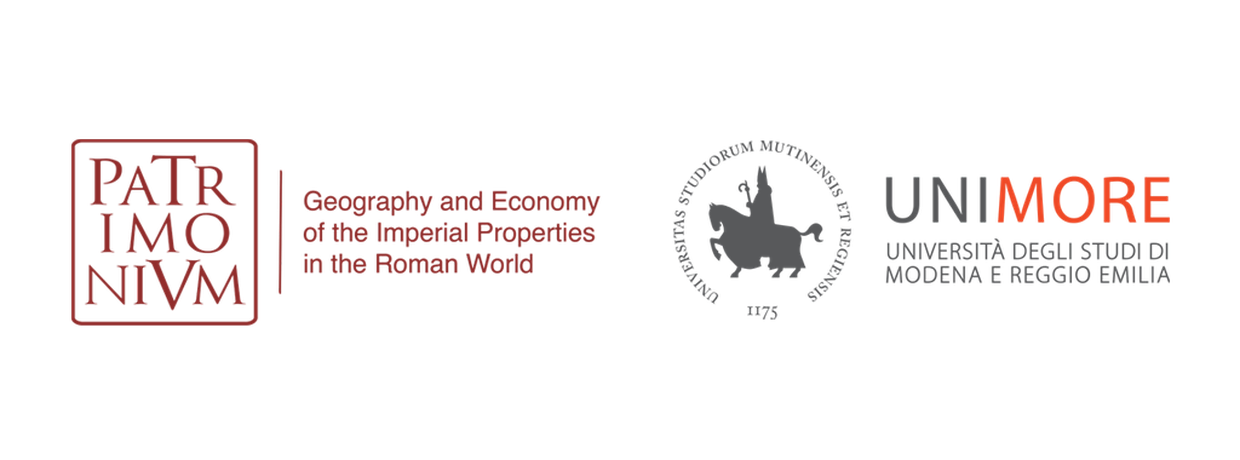Fiscal Estate in Medieval Italy: Continuity and Change (9th - 12th centuries)
PRIN 2017

Abstract
The aim of the project is to study the economic and patrimonial dimension of public power in the High Middle Ages, by exploring the relations between religious and political institutions and the structures of the Kingdom of Italy in the post-Carolingian age. In particular, the project intends to study the relation between the status of the fiscal estates endowed and received over the course of the 10th and 11th centuries, and the survival of a public dimension associated with the ownership of such estates: from the forms of acquisition and management of public curtes in the 11th and 12th centuries to the status of monastic patrimonies in the Po Valley, and the redefinition of urban communities as public institutions in the 12th century.
The Bologna research unit will carry out a systematic survey on the presence of royal fiscal estates in charters and placita from northern Italy, with a special focus on the Cremona area, which is particularly valuable from a documentary standpoint, not least thanks to the Codex Siccardi. The research further entails three specific analyses of the estates attached to the monasteries of San Sisto di Piacenza, Nonantola, and St. Maria of Pomposa. The deeds from St. Sisto have been dispersed across different archives (Cremona, Piacenza, Pavia): a virtual reconstruction of the monastery's archive would represent a first, fundamental step to retrace the extensive fiscal estates assigned to the monastery by Empress Engelberga at the time of its foundation. By contrast, the documentation for Nonantola has not been dispersed, yet only that pertaining to the 9th century has been published in the ChLA. The currently ongoing publication of the 10th-century documents enables a well-defined survey, on public documents and on deeds. Finally, thanks to the recent publication of the deeds from St. Maria of Pomposa, we now have documents from this monastery for the period up to the mid-11th century, which provide some crucial evidence for a comparative study of the management of fiscal estates in the Exarchate and in the Kingdom of Italy.
This research requires a complete charting of the estates attached to royal monasteries, which will be identified and georeferenced. Based on the map that will have been produced, the archaeological team of the Bologna unit will carry out a systematic survey of published excavations conducted in the areas under scrutiny, along with a field survey of the less investigated areas, with the aim of determining the economic nature of these estates by comparing the evidence obtained with the models developed for Tuscany.
Project duration
36 months (2020-2023)
Local supervisor, Scientific supervisor for the Department
Tiziana Lazzari
Local research unit staff
Erika Cinello
Enrico Cirelli
Filippo Ribani
Lorenzo Tabarrini
Irene Vagionakis
Giacomo Vignodelli
National responsible
Massimo Vallerani (Università di Torino)
Partnership
Alma Mater Studiorum - Università di Bologna (Italy)
Università di Torino (Italy)
Università di Pisa (Italy)
Università di Roma Tre (Italy)
The project Fiscal Estate in Medieval Italy has partnerships with:
PATRIMONIVM is a scientific research initiative funded by the European Research Council. It aims at conducting the first comprehensive and multidisciplinary study of the political, social and economic role of the properties of the Roman emperors from Octavian/Augustus to Diocletian. More details on the project can be found at https://patrimonium.huma-num.fr/.
The Centro di Ricerca Interdipartimentale on Digital Humanities of the Università degli Studi di Modena e Reggio Emilia has digitised the manuscript and photographic materials of libraries and archives, which have been catalogued through the Progetto Lodovico: https://lodovico.medialibrary.it/home/index.aspx
Contribution
Euro 352.600
2nd level ERC sectors **:
“SH6 The Study of the Human Past: Archaeology and history” (12 III level)
DATABASE
The project led to the creation of the on-line database FISCUS. The database has been designed in accordance with the best practices of the Digital Humanities, and especially with the FAIR principles (Findability, Accessibility, Interoperability, Reusability). For this reason, it adopts widely-shared and compatible standards such as the semantic encoding based on XML (eXtensible Markup Language) and follows the guidelines promoted by the Text Encoding Initiative (TEI). Specifically, the project adopts one EpiDoc subset, which has become the international standard for the digital edition of ancient sources, and in particular for the encoding of documentary sources. Starting from the EpiDoc template, the project created its own template, tailored on the specific needs of the research project. The website is home to more than 2,500 documents and can be viewed at
To cite the database:
Fiscus. Fiscal Estate in Medieval Italy: Continuity and Change (9th-12th Centuries), edited by Collavini, Simone Maria, Tiziana Lazzari, Lorenzo Tabarrini, Paolo Tomei, Irene Vagionakis, and Giacomo Vignodelli. Bologna: Alma Mater Studiorum – Università di Bologna, 2024. With contributions from: Luca Angeli, Nicola Cerretani, Caterina Ciccopiedi, Erika Cinello, Valerio De Angelis, Evelina del Mercato, Beatrice Ferretti, Alessandro Giacomelli, Dario Internullo, Vito Loré, Edoardo Manarini, Paola Massa, Corinna Mezzetti, Loris Motta, Filippo Ribani, Chiara Stedile, Antonio Tagliente, Mattia Viti, and Giulia Zornetta. DOI: 10.60760/unibo/fiscus; ISBN: 9788854971394
In evidence
Partnerships
